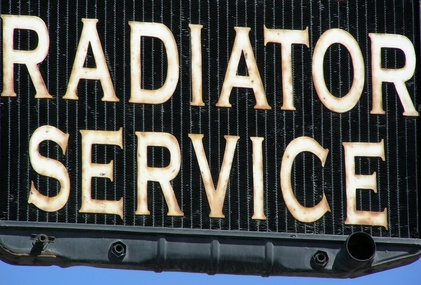
An engine can easily overheat if its radiator is not functioning properly. Most radiators require a 50-50 chemical mix of clean water and antifreeze. In colder climates, a 60-40 antifreeze-water mix can be used. The first flush of the radiator usually takes place around 50,000 miles. There are many commercial radiator flush products on the market, but the only chemical you need to flush your radiator is distilled water. After the initial flush, you should flush the system every 36 months or 30,000 miles.
Distilled water may be purchased at most grocery or auto repair stores. Distilled water is water that has its impurities removed through a process of distillation. Distillation involves boiling the water. The steam from the boiled water is condensed into a clean container. The steam in the clear container cools and become distilled water.
Clean tap water is half of the chemical mixture used to fill the radiator. You can retrieve clean water from a tap in your house or your garden hose. Make sure the water is collected in a clean container and there is no dirt on the faucet or hose.
Antifreeze is the other half of the chemicals used to fill a radiator. Antifreeze is made of ethylene glycol. Ethylene glycol keeps your radiator fluid from freezing in temperatures up to 30 degrees below zero. Ethylene glycol also keeps your radiator fluid from boiling at temperatures up to 275 degrees. Antifreeze can be purchased at your local auto repair or hardware store.
Commerical radiator flushes are composed of sodium citrate and water. The sodium citrate helps to remove rust and debris that may have collected in the radiator.